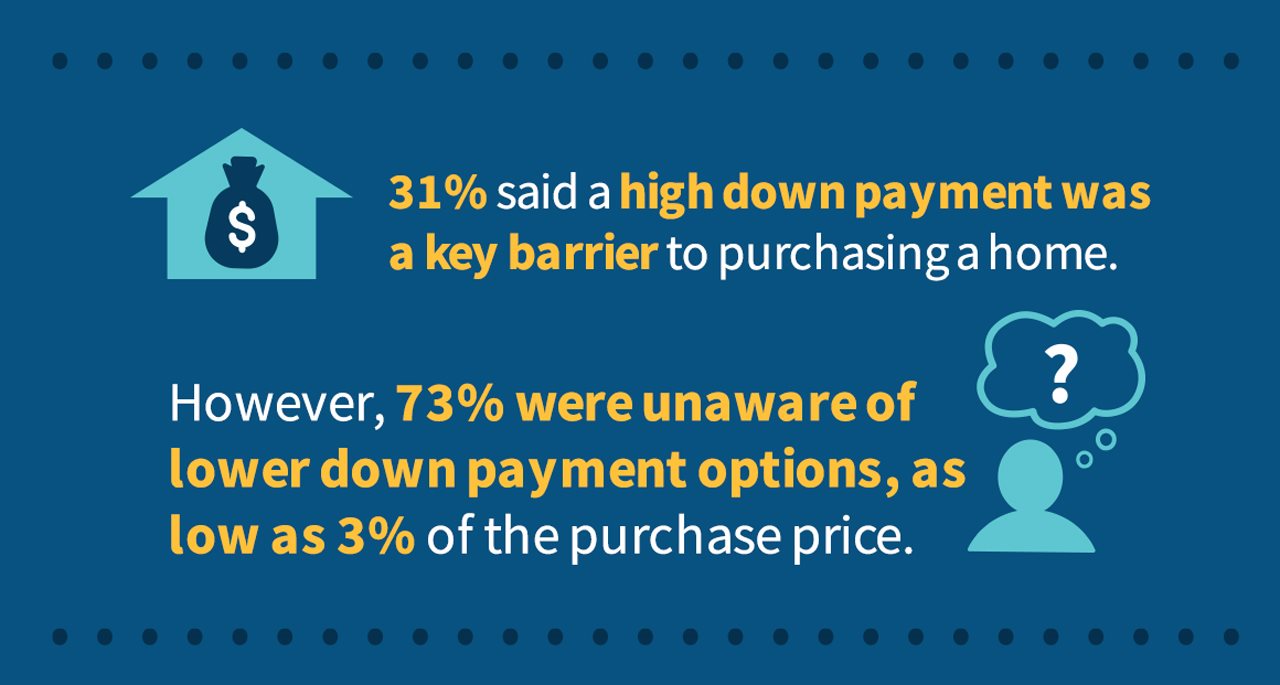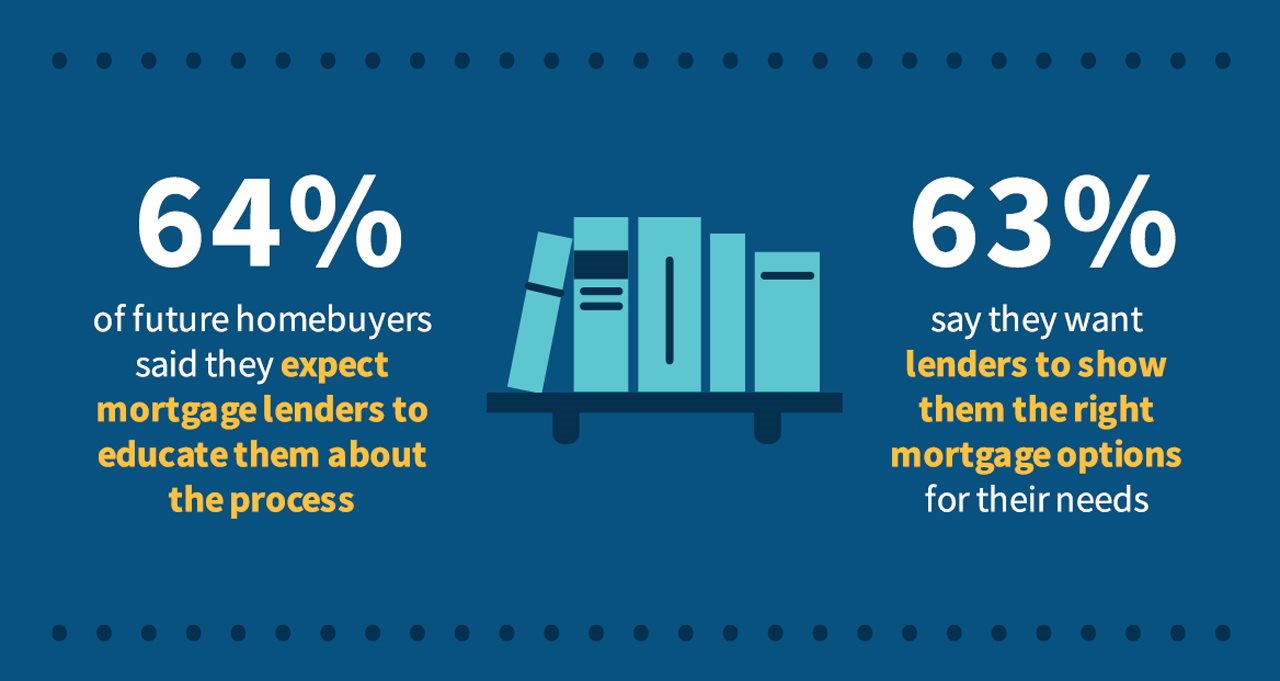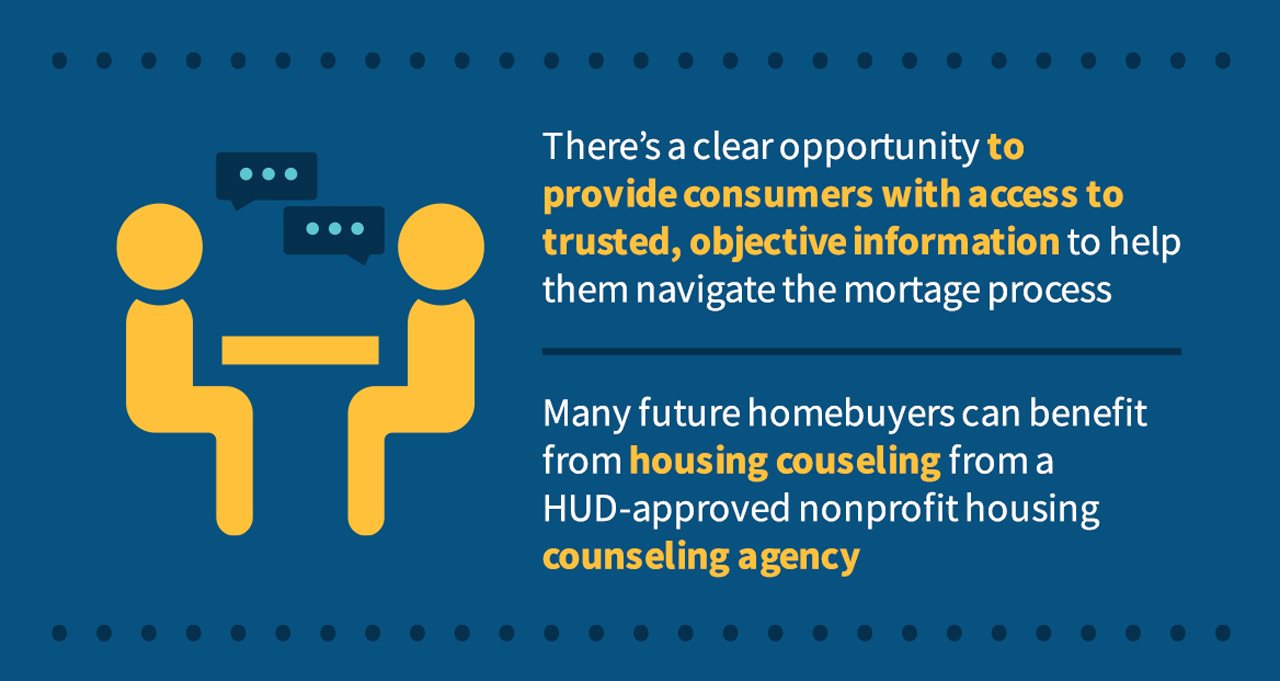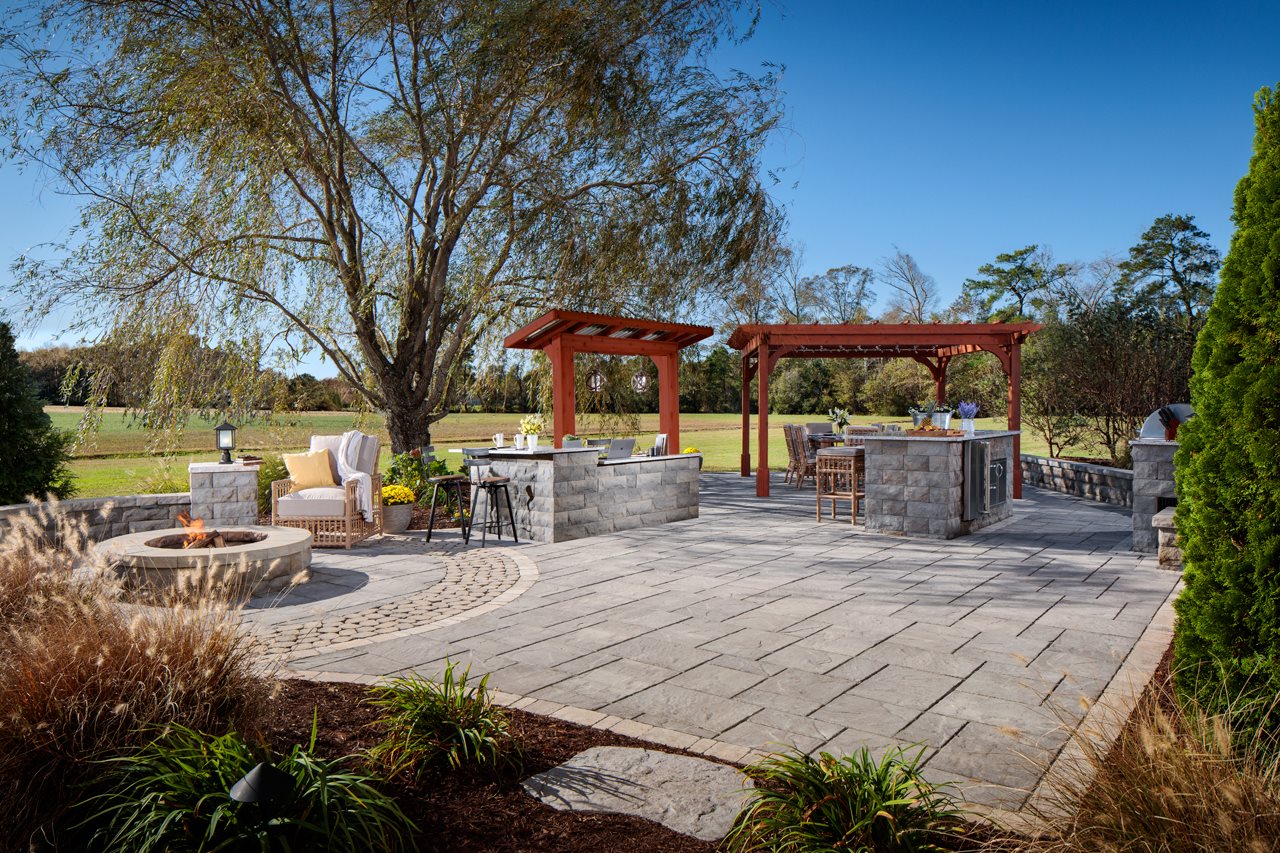2021-02-17T13:17:01
(BPT) – As we move away from a year unlike any other, Americans have developed a newfound tolerance for uncertainty—and the need to prepare for it. The start of a new year is a time for resolutions, especially financial ones. As part of this process, it is essential to review your insurance coverage across the board—from health insurance, to life insurance, and other related products.
The number of available options can make the process opaque: premiums, deductibles, and coverage levels all play a role in decision making. Consumers need to know what to look for and assess what new products could enhance their existing coverage and make their finances more secure throughout 2021 and beyond.
This doesn’t need to be a painful process, and AARP members have access to a variety resources and benefits that can help. Options from AARP® Annuity Marketplace powered by Blueprint Income can provide you with an online marketplace of annuities that offer a guaranteed return or income from highly-rated insurers. These tools can give you peace of mind and ensure you’re getting access to a number of available options before you make crucial insurance decisions.
Below are some key considerations when reviewing insurance coverage and policies in a variety of areas for the New Year.
Homeowners Insurance
Home ownership is on the rise in the United States, and with it the need for tailored homeowner’s insurance. To get the best deal, consumers need to assess policy coverage level, flexibility, and price before they commit, particularly as a premium can change from year to year. The AARP® Homeowners Insurance Program from The Hartford offers members customized solutions to both owners and renters so they can protect their homes and property at a price that fits their budget.
Heading into 2021, make sure your policy covers your unique needs. If you own a mobile home, for example, explore your options with the AARP® Mobile Home Insurance Program from Foremost®, which offers AARP members specialized protection designed for nearly every type of mobile and manufactured home. Specialized insurance policies from Foremost are designed to complement your lifestyle so you can find the best fit for you.
Auto Insurance
The current environment has led to an increase in car sales, both new and used, and auto insurance options are expected to become even more numerous in 2021. Look for plans that offer multiple ways to lower your costs while still providing quality coverage and great service.
If you’re a safe and experienced driver, you could save hundreds on car insurance with the AARP® Auto Insurance Program From The Hartford. Ask about additional benefits that can help you reduce out-of-pocket expenses if you do get into an accident, such as first accident forgiveness, a disappearing deductible, or a new car replacement benefit.
Motorcycle owners can also explore their insurance options with The AARP® Motorcycle Insurance Program from Foremost®. It offers members discounts and specialized coverage for their bike, equipment and safety apparel, plus roadside assistance specific for motorcycles.
Life Insurance
Many consumers are looking for added peace of mind to ensure those they are closest to are properly taken care of. But, they don’t know where to start in assessing their life insurance needs.
Valuable coverage is available through the AARP Life Insurance Program from New York Life. The program offers AARP members level benefit term life as well as permanent life insurance. No medical exam is required, just health information.
Annuities
Another great resource for AARP members is a retirement product offered through Blueprint Income. AARP® Annuity Marketplace powered by Blueprint Income is an online marketplace of annuities that offer guaranteed return or income from highly-rated insurers. These products can give you peace of mind in retirement, and shopping in a marketplace enables you to compare a number of available options before you make crucial insurance decisions.
As we have now entered a new year, savvy consumers are reviewing all available options and making sure they get the best options that secure all aspects of their lives, particularly given the uncertainty that has continued into 2021. The best coverage takes into account the needs of Americans who are 50 plus and makes the policy fit around you, not the other way around. Consider reviewing if you have any insurance-related concerns on your 2021 checklist.
AARP and its affiliates are not insurers. AARP does not employ or endorse agents, producers or brokers. For more information, please visit https://www.aarp.org/benefits-discounts/campaigns/finance/.


















